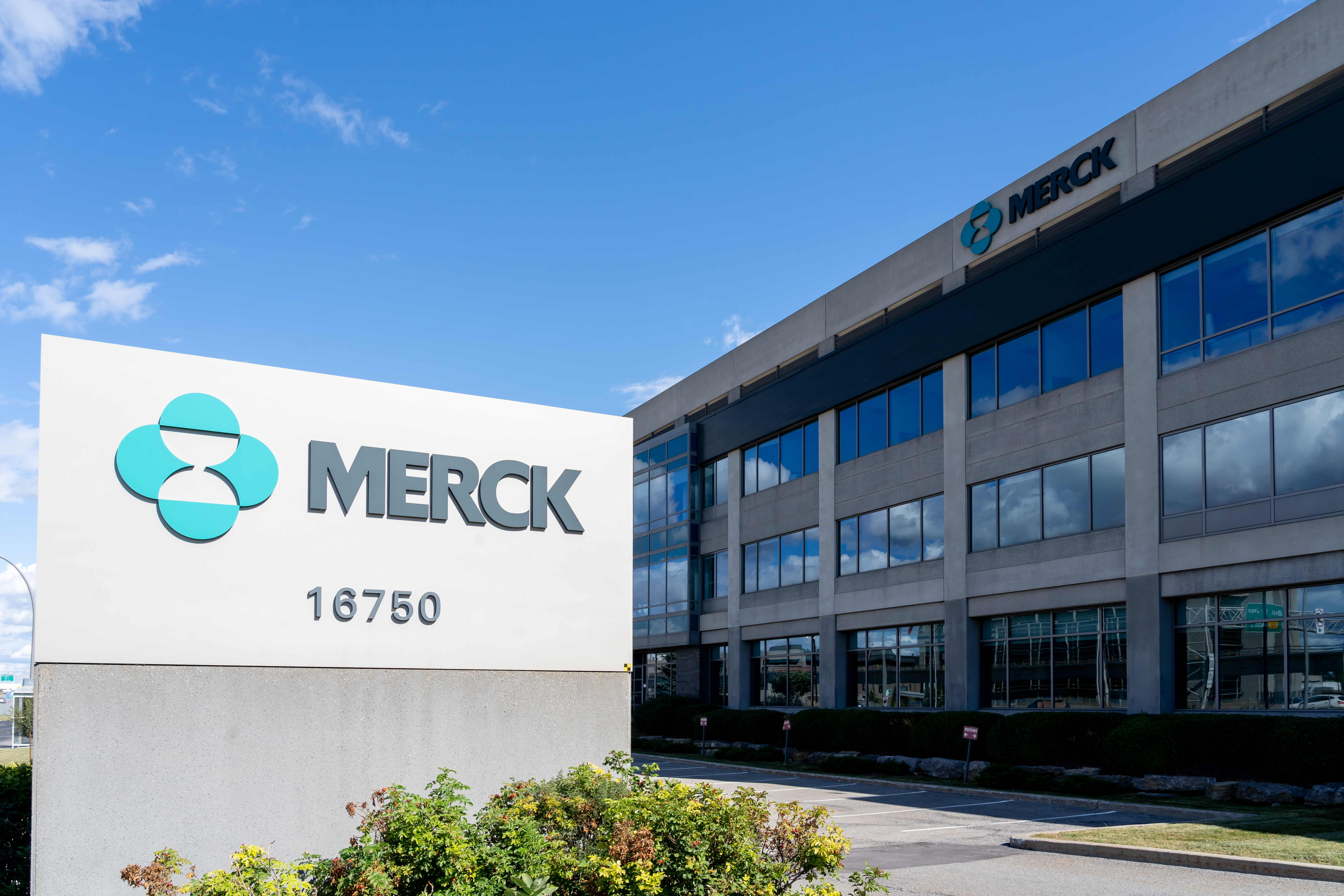“Common Sense” Solutions Won’t Fix Our Drug Prices. We Need A Different Approach.
Last week, the New York Times published an article entitled, "Six Reasons Drug Prices Are So High in the US." The authors, Rebecca Robbins and Christina Jewett, point to a series of causes: a lack of central negotiators, a lack of price controls, the presence of perverse incentives, patent gaming, and a fragmented and complicated system. All of these points are correct – and ultimately irrelevant.
It is incredibly frustrating that Americans pay nearly twice as much for their medications as the French and British. And it’s common sense to suggest that America use the tools these other countries do to keep prices down. Unfortunately, the weird and obstructive reality of health care makes this impossible: other countries pay so little for drugs only because Americans pay so much.
And it’s not only drugs. America’s willingness to pay more for everything in health care – medical devices and diagnostics, software, even new techniques and protocols – inadvertently allows everyone else to control prices. How can this be true?
Because the economic incentives behind healthcare innovation in the US are unparalleled.
The politics of health care obsess around the price of care and access to care, almost as if care itself was some static service. But the nature of care is constantly changing, as new drugs, new devices, new software, and new techniques are constantly introduced.
Think of how much of the benefit of care comes from innovation. In just my lifetime: statins have reduced the risk of heart attacks, HIV is now a condition treatable by affordable drugs, higher quality diagnostics allow earlier discovery of previously fatal cancers, fertility has become easier to manage thanks to IVF treatment, the manufacturing of synthetic insulin has made life-saving treatments accessible to individuals with diabetes, and prosthetic limbs have evolved into lightweight bionic devices that can integrate robotics with the human nerve system.
And all pales to the life-saving innovations coming just down the road.
All of the innovations above occurred only because someone was able to make a profit from the often massive amounts of time, effort, and capital required. And depending on the sector, the US market accounted for 75-90% of healthcare innovators’ profit. Even American doctors are a key element: because their salaries are not limited – as they are in so many other countries – physicians have an enormous economic incentive to develop new techniques and protocols, help develop new drugs and treatments, and commercialize new equipment.
It’s worth repeating: the US market essentially provides almost all of the return that healthcare innovators receive. Take the US out of the equation – make the US system more like other countries’ – and there is no economic incentive for any healthcare innovation anywhere. Which means health care then does become a static industry, and all the potential benefits of new treatments are lost.
The US role in world health care is unlike that of any other country in any other industry. The US is just 4% of the world’s population, yet it accounts for almost half of the $9 trillion world healthcare economy. No other country really matters. Instead, because the US market provides all the necessary incentives to drive innovation, foreign countries can enjoy the benefits of innovation while keeping prices well below the level that would normally be required to drive investment, productivity, and improvement.
Other health systems may look rational in carefully assessing the “value” of an innovation and pricing it “fairly.” But that’s merely a parlor trick masking what they’re really doing: allowing the US to absorb the heavy costs of rewarding highly risky investment (including the very real expense of innovations that don’t succeed) and then using their monopoly over relatively small local markets to force innovators to accept much lower prices.
American exorbitance is effectively subsidizing health care quality, cost and innovation for the rest of the world’s health systems. Health care, in a sense, is a kind of second NATO. In the real NATO, the US is essentially paying for our allies’ defense - and if we cut our spending, it doesn’t mean anyone else increases theirs. It just means the whole world is less secure.
The same concept applies to the US healthcare system: if we introduce policy changes to solve the problems presented by the authors, we will stifle innovation for the short-term benefit of lower prices on existing tech and treatments. No other country will step up. We’ll all just be less healthy and over time, will have lost the benefit that life-saving innovation would have offered.
This bizarre and complex reality didn’t happen overnight; it’s the result of ever-growing US health spend over the past 60 years. As the US share of the world market has gotten bigger, foreign systems have been able to extend their systems of price controls. In any other industry this would be a disaster: failing to provide adequate returns to innovators would doom a nation to low quality. But health care is different: the ability of nations to enforce national monopolies through licensing, the fact that most health innovations have high initial investments but then low production costs, and the willingness of innovators to share their new techniques and protocols for free in medical journals allows all other rich nations keep up to date without supporting innovators.
So, since we can’t do what everyone else is doing – essentially the suggestion of the NY Times and so many others – does that mean we can't do anything? In “Health care NATO,” are we as stuck as we are in the real NATO?
How do we exact real transformation within the healthcare system – without stifling innovation?
The artificial tools used by other countries to control drug and other health care prices aren’t available to the US; they are merely a fantasy loved by some policy experts. But the US health economy is so large and so dynamic that we can develop our own solution.
Right now, U.S. health care is an insurance-dominated system. Third parties like Medicare, Medicaid, and insurance companies hold all of the purchasing power, and consumers are largely stripped of their decision-making abilities.
In an insurance-dominated system, the primary concern of an innovator is, “How do I innovate in such a way that an insurer or the government has to cover it for a consumer?” Whatever the appeals of this idea in theory, in practice it’s clearly failed to keep care affordable. Despite government aid to health care now exceeding $2 trillion/year – and growing faster than any other part of our social spending for decades – ever-rising prices make even basic care unaffordable for many Americans.
If we want to fix high medication prices without inhibiting innovation, we need to build a consumer-dominated system instead of comparing ourselves to countries that represent 2-3% of the world healthcare economy. We are so used to the language and assumptions of national payments for care that we ignore the tools we use to discipline innovation, returns and prices in everything else: markets, competition, and the battle for consumers’ dollars. No one else relies so heavily on markets, but so what? It’s what we’re good at, and even more so, we have no other plausible alternative.
In a consumer-dominated system, the primary concern of an innovator is, “How do I convince consumers that this is worth it?” There is plenty of money in the US healthcare system: we collectively spend over $4 trillion each year. But we’ve decided that big institutions – government and large insurers — will do a better job of allocating the money than traditional markets will. Imagine spreading that money around to achieve fairness, but letting consumer markets do their traditional job.
Health care is our biggest consumer industry but it is dominated by non-consumers. That’s not merely expensive; it’s a growing mismatch. As care becomes more individual and more targeted, our big institutions will do an even worse job acting as our surrogates as consumers.
A consumer-driven system introduces competition that forces innovators to think more broadly about value. It would force a pharmaceutical company to consider if consumers are willing to pay for their new drug, and if so how much. It would force medical device companies to consider if there is really enough consumer demand for their new plates and screws, and if so at what price. It would give doctors and hospitals an economic incentive to bundle services for their patients. It would enhance efficiency. It would reduce waste.
Most importantly, a consumer-driven system will bring a whole new powerful economic incentive to US health care. A consumer-driven system won’t just reward innovators who improve the quality of care; it will also reward those who reduce the price of care. In today’s health care, cost innovators have no way of making money – so they don’t exist.
Ultimately, America is alone and unique in health care. Only an American solution will drive the affordable, “value-driven” and ever-improving care we’re all seeking.








